As Hurricane Season Begins, Health & Emergency Response Workers Prepare for Increasingly Severe Storms & Continued COVID-19 Threat
Communities reeling from record 2020 season brace for intensified severe storms tied to climate change
Washington, DC (12 May 2021) – As 2021 Eastern and Atlantic Hurricane seasons begin, May 15 and June 1 respectively, emergency response and disaster preparedness organizations are facing the reality of challenging public safety, health and humanitarian issues that come with increasingly severe storms. Project HOPE, a global health and humanitarian organization, is assessing takeaways from 2020’s record hurricane season and related emergency responses to prepare for what’s ahead, facing dynamic conditions compounded by dual crises: COVID-19 and climate change.
Six Months Later, Hurricanes Eta & Iota Cause Enduring Hardships for Central Americans
In 2020, Hurricanes Eta and Iota hit back-to-back in Central America, causing communities still reeling from one storm’s impacts to endure layer upon layer of public health and personal safety threats. Limited access to clean water, medical care, safe homes and buildings endured long after the storms passed. Floods harmed crops, food supply, livelihoods, and local economies. Damaged infrastructure like bridges, roads and buildings have yet to be repaired without ample resources. Left with little or nothing, several hundreds of people have been forced to flee, seeking safety, security and better futures elsewhere. As climate change impacts prompt more and more people to leave home and seek safety elsewhere, this case adds to a growing trend of climate migration. Pandemic conditions continue to threaten the health, safety and security of people displaced by disasters and forced to live in shelters and/or precarious conditions. Displaced persons are disproportionately vulnerable to COVID-19 due to inequitable access to vaccines, health care and life-saving information.
Marco Antonio Suazo, who leads Project HOPE’s programs in Honduras, offered on-the-ground perspective after months of recovery work:
“Central America is among the most vulnerable, but largely overlooked, regions where hurricanes have caused catastrophic harm. Many people displaced by last year’s disasters are still in search of safe places to live. Most of these communities do not yet have access to COVID-19 vaccines. While hurricanes and COVID-19 are a threat to all people in these regions, health equity gaps mean that people are harmed disproportionately, with women, farmers, low-income and Indigenous people most often bearing the greatest harms. One thing we learned in 2020 is how important it is to anticipate the added challenges of hurricane disaster response when public health and personal safety precautions are essential to stop coronavirus from spreading across already vulnerable communities.”
U.S. Gulf Coast Communities Still Recovering from Multiple Hits
Hurricane Laura hit areas of the U.S. Gulf Coast, which has a record of catastrophic storms and where communities are still recovering from disasters like Hurricane Harvey in 2017. Communities like Lake Charles, Louisiana, suffering from the impacts of previous storms, were hit hard when Laura caused power outages, structural damages and left local hospitals and health care workers in need of emergency resources. 2020 also marked the 15-year anniversary of Hurricanes Katrina and Rita, which nearly devastated the City of New Orleans and other Gulf Coast communities in 2005. Mental health experts and community members acknowledged long-term mental health issues like post-traumatic stress disorder, not uncommon among people who survive losses and conditions unimaginable to most.
Harley Jones leads Project HOPE’s domestic emergency responses and was on site in Hurricane Laura’s wake:
“It’s no secret that the Gulf Coast is a ground zero for climate change impacts like intensified hurricanes, flooding and sea level rise. Given the sheer number of storms and other compounded emergencies, the world tends to move along after a few news cycles while hardest-hit communities fall out of view. The world needs to know that each community reeling from a series of severe storms needs sustained support toward recovery. We focus on supporting local health care systems and local frontline health workers in efforts to deliver resources they need to move through and recover from multiple crises. Investments in health care and health workers are key, especially given the toll COVID-19 has taken on our health work force, exhausted and already stretched beyond what’s humanly healthy and sustainable.”
Caribbean Island Communities Remain Vulnerable
While 2020 hurricane season was record-setting, it was prefaced by a series of severe storm seasons indicating an upward trend, an outcome long predicted by scientists studying the effects of warming global temperatures. Hurricane Dorian devastated portions of the Bahamas. Hurricane Maria left the people of Puerto Rico without clean water, electricity and access to health care for months.
Tom Cotter, director of emergency response and preparedness at Project HOPE, was on the ground:
“As I remember the devastation caused by Dorian, I think about the people of the Bahamas, what they have endured, and what lies ahead for their community and others as we face the reality of climate impacts. It’s critical to invest in local health systems and local frontline health workers to make sure that communities are as prepared as possible when emergencies strike. Resource investments should be inseparable from any discussion of community resilience goals.”
Facts & Figures
Hurricanes, climate change & humanitarian crises
- Disasters and the adverse impacts of climate change are already leading to the forced displacement of more than 20 million people each year. (Source: Asia Pacific National Societies in Action)
- While hurricanes are a natural part of our climate system, recent research suggests that there has been an increase in intense hurricane activity in the North Atlantic since the 1970s. In the future, there may not necessarily be more hurricanes, but there will likely be more intense hurricanes that carry higher wind speeds and more precipitation as a result of global warming.
- The impacts of this trend are likely to be exacerbated by sea level rise and a growing population along coastlines. For coastal communities, the social, economic, and physical scars left behind by major hurricanes are devastating. (Source: Union of Concerned Scientists)
- Globally, the number of reported weather-related natural disasters has more than tripled since the 1960s. Every year, these disasters result in over 60,000 deaths, mainly in developing countries.
- Rising sea levels and increasingly extreme weather events will destroy homes, medical facilities and other essential services. More than half of the world’s population lives within 60 km of the sea. People may be forced to move, which in turn heightens the risk of a range of health effects, from mental disorders to communicable diseases. (Source: WHO)
- According to UN OCHA, as of December 2020, an estimated 7.3 million people were affected by Eta and Iota across Central America with Honduras, Nicaragua, and Guatemala having the highest affected populations in respective order.
- The 2020 Atlantic hurricane season was the most active season ever recorded with 30 named storms, more than twice the long-term yearly average of 12, and the only season with two major hurricanes in November. This resulted in one of the wettest October to November periods since 1981 across parts of Central America.
- In early November, Hurricane Eta crossed Central America and affected an estimated 4 million people across the region as persistent rains and heavy winds resulted in flooding, landslides, and crop damage across Nicaragua, Honduras, El Salvador, and Guatemala.
- Two weeks later, on November 17, Hurricane Iota made landfall over northern Nicaragua as a Category 4 hurricane, the strongest Atlantic hurricane of 2020, and extended along virtually the same path as Hurricane Eta. While Iota quickly degraded to a tropical depression, persistent rains and high winds exacerbated previous damage from Eta across Nicaragua, Honduras, and Guatemala.
- Excessive flooding and considerable damage to standing crops and agricultural infrastructure significantly decreased yield prospects for the Segunda/Postrera season crops. (Source: GEOGLAM)
- Gulf Coast communities hit by Hurricane Laura in 2020 were still recovering from other severe storms, including Harvey, one of the most devastating on record.
Interviews with health and humanitarian emergency response experts available upon request. For more information or to schedule an interview, please contact:
Erin Greeson, Senior Director of Public Engagement, EGreeson@ProjectHOPE.org, +1 301-222-7381, @ErinGreeson
About Project HOPE
Founded in 1958, Project HOPE is a leading global health and humanitarian organization operating in more than 25 countries around the world. We work side-by-side with local health systems to save lives and improve health. Our mission is at the epicenter of today’s greatest health challenges, including infectious and chronic diseases, disasters and health crises, maternal, neonatal and child health and the policies that impact how health care is delivered. For more information on Project HOPE and its work around the world, visit www.ProjectHOPE.org and follow us on Twitter @ProjectHOPEOrg.
Media Gallery
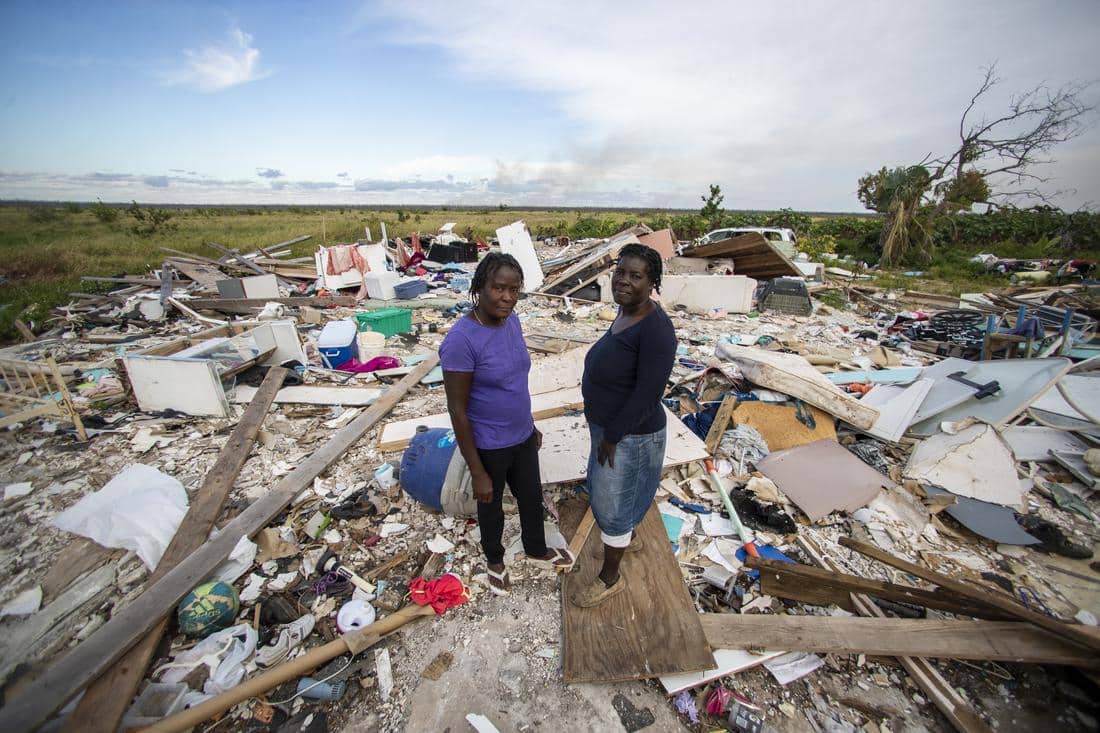
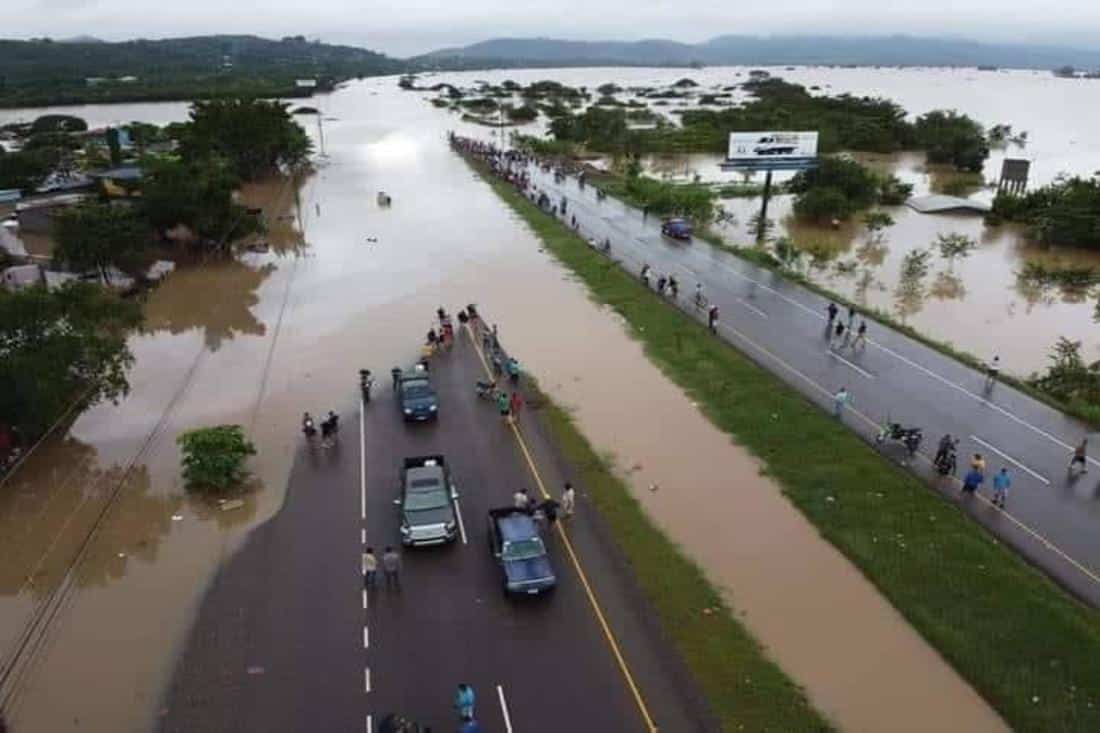
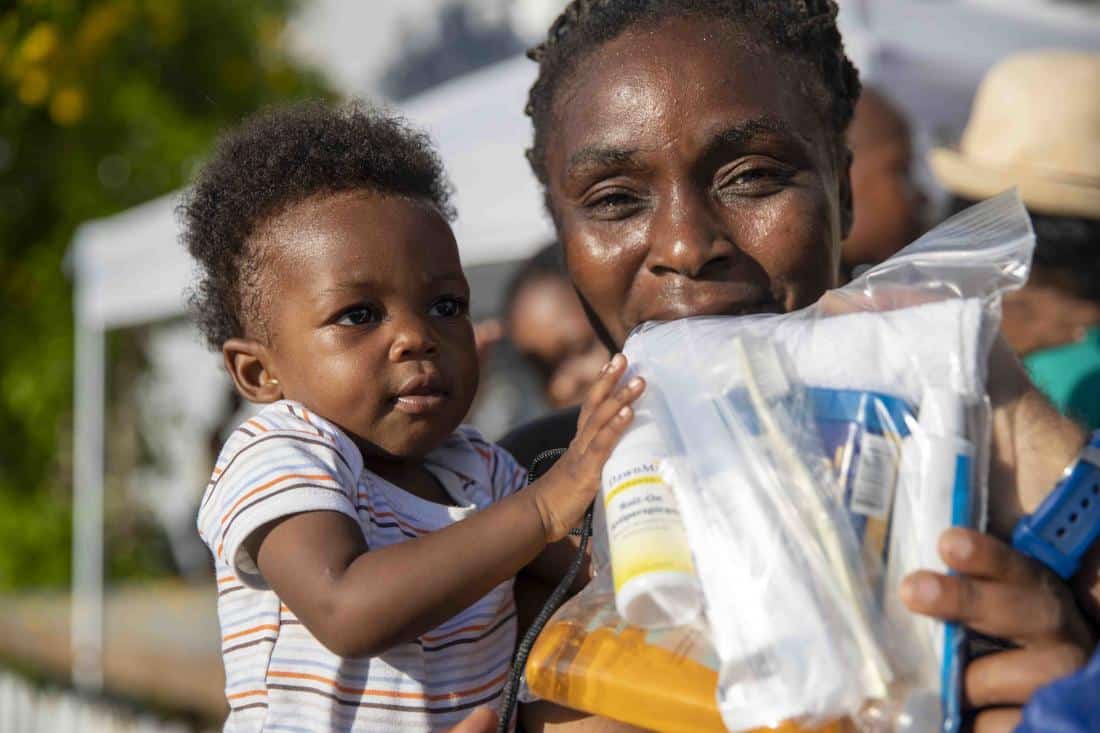
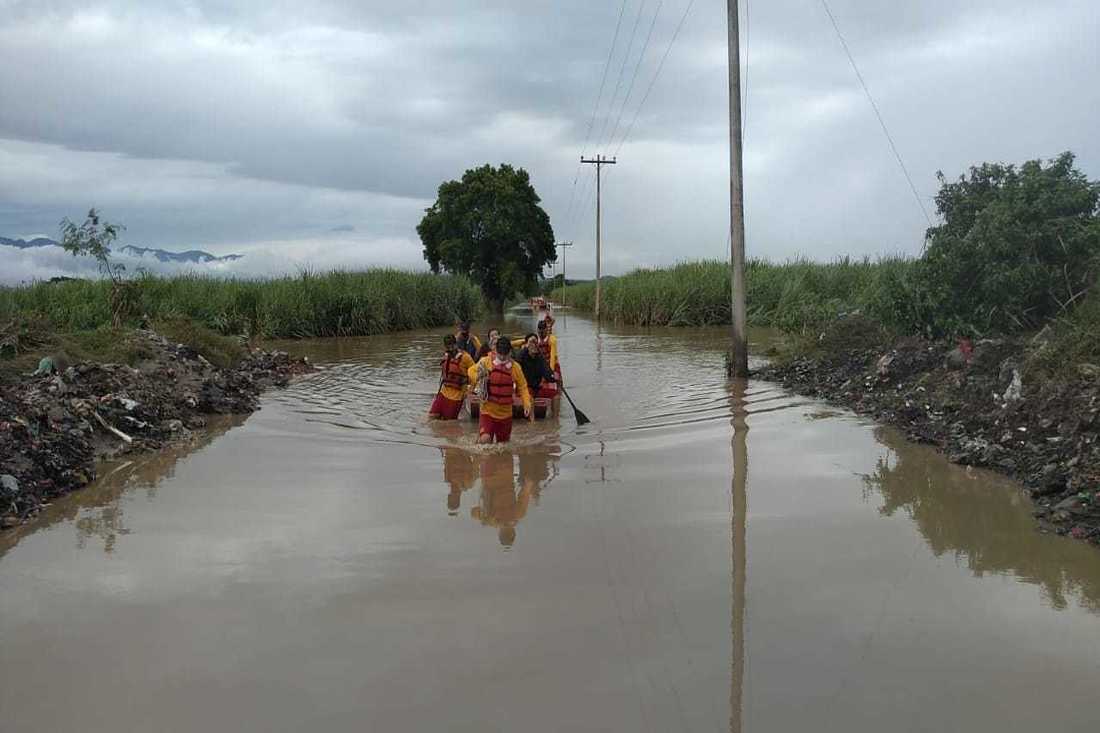
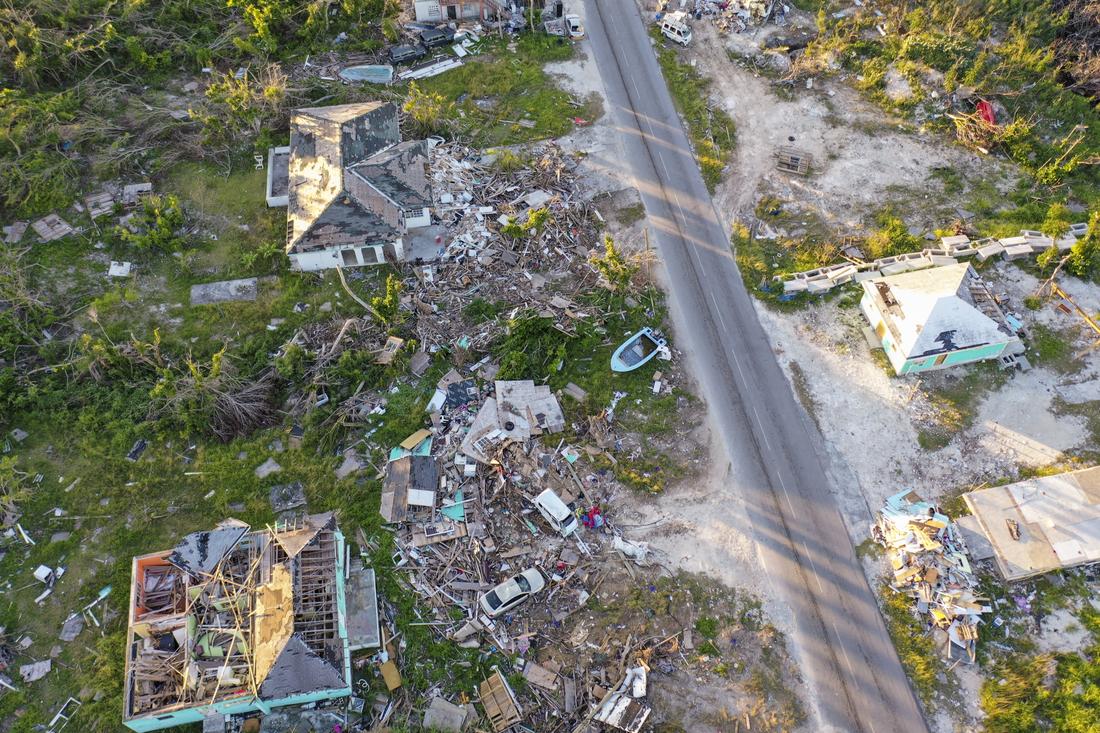
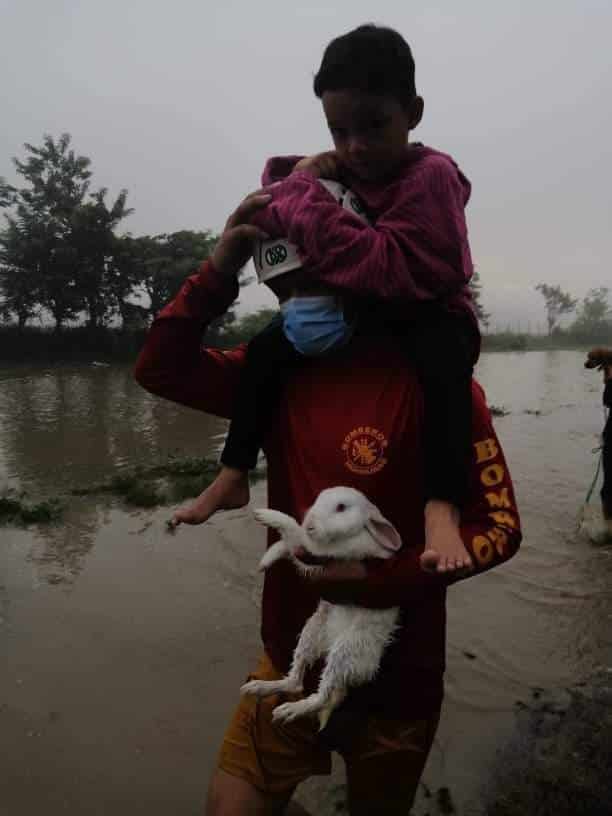
###